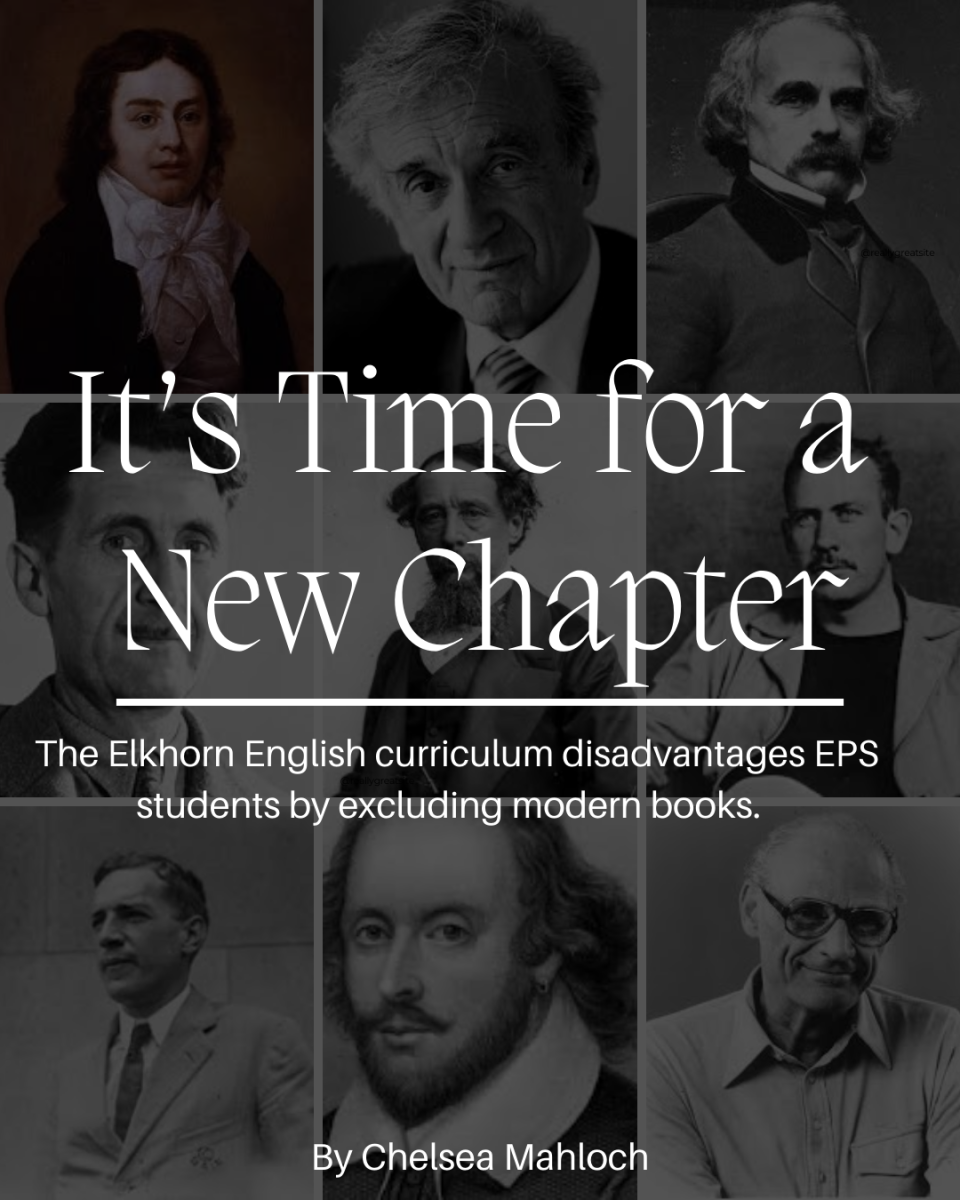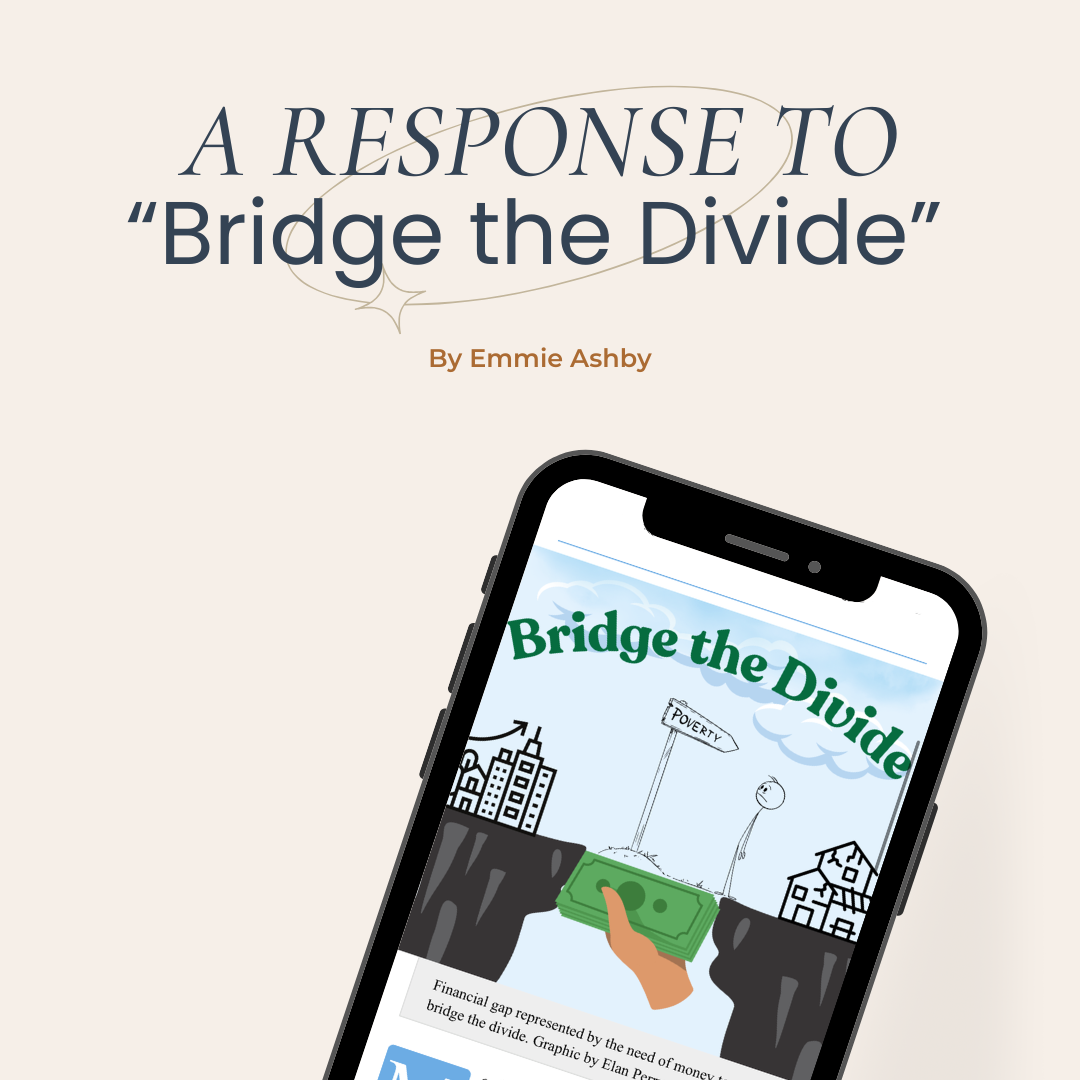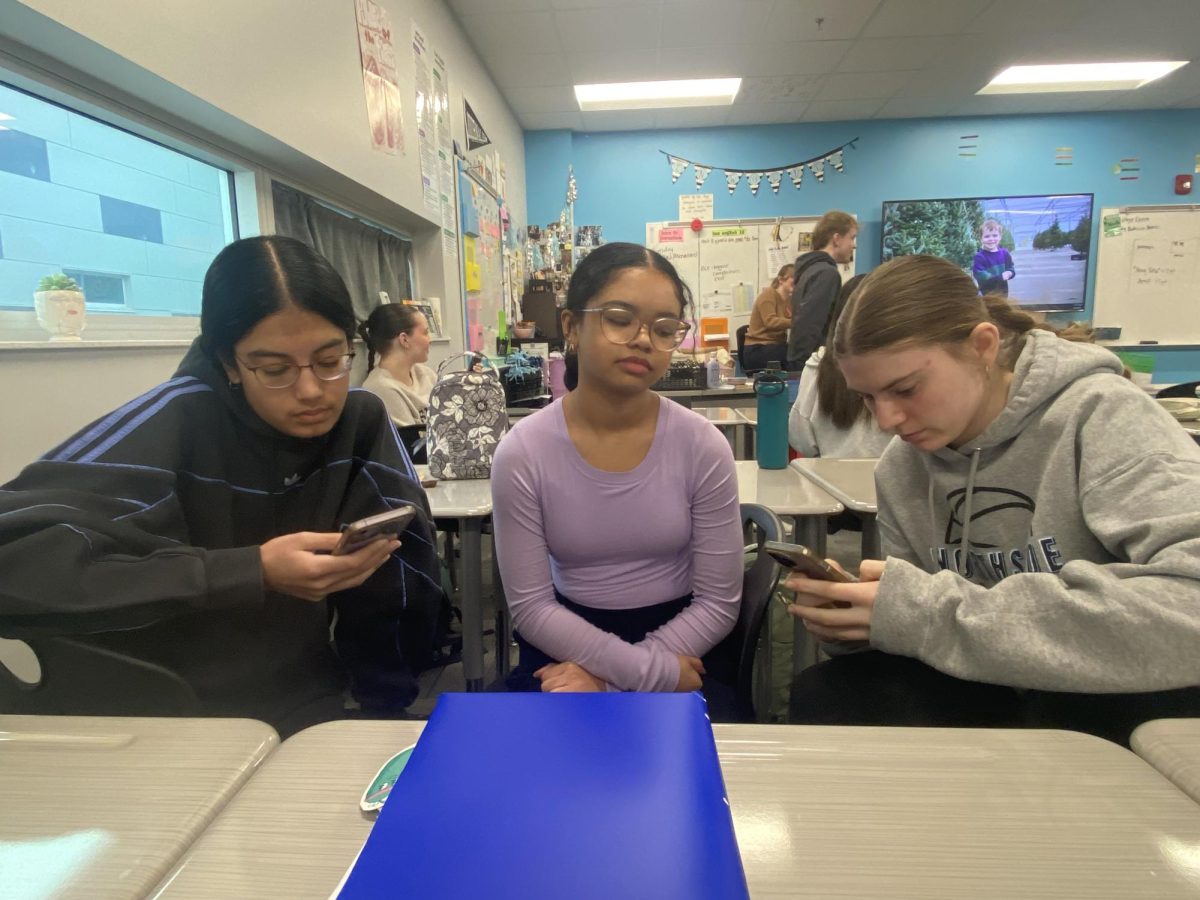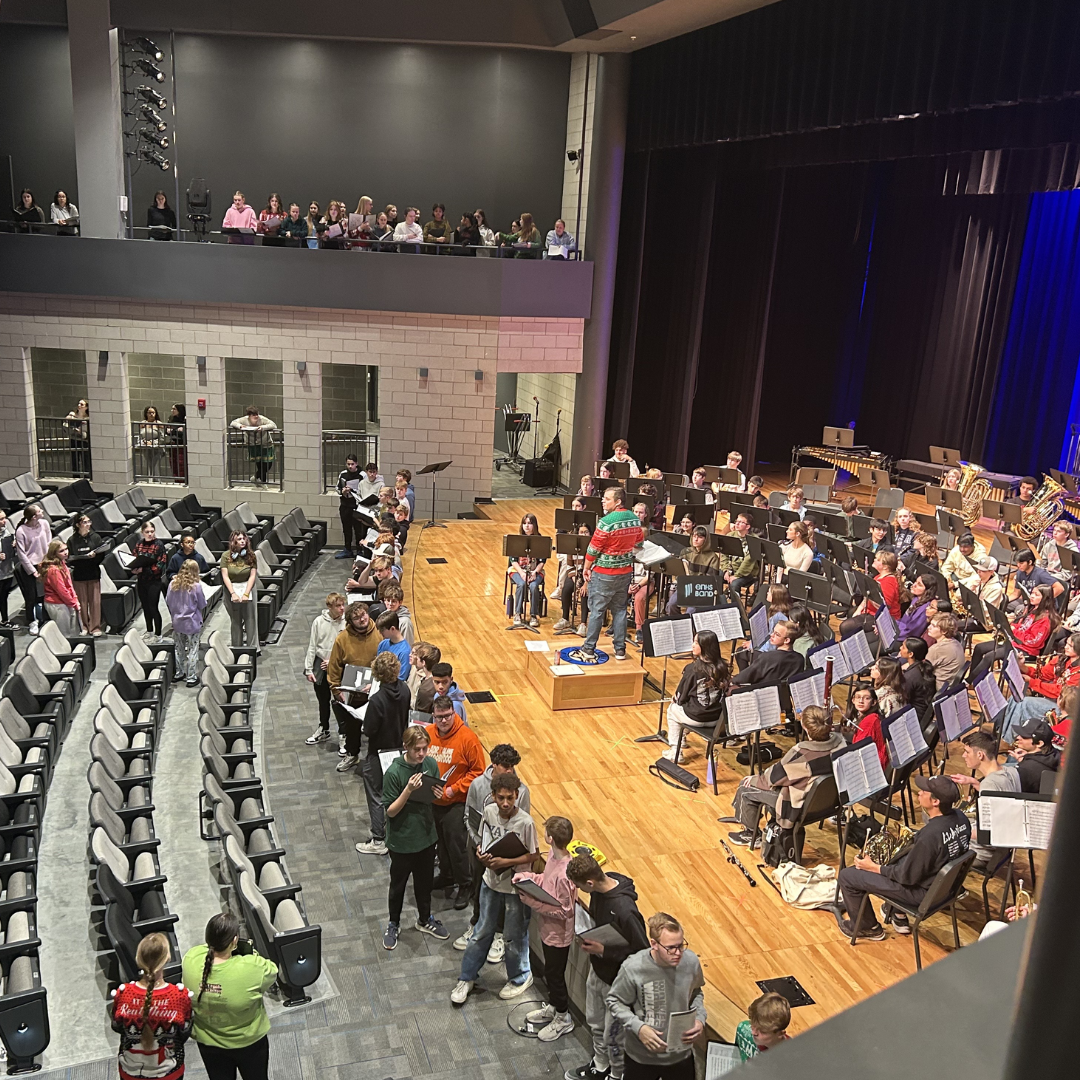The Elkhorn Public Schools English curriculum has students read around 20 books throughout their four years of high school. Among these books, only one-David and Goliath by Malcolm Gladwell-was written in the 21st century. While the classics hold great literary and historical value in the education system, a balance between the old and the new needs to be established.
It is no surprise that the EPS English curriculum is outdated because it is only updated every seven years, with the last time in 2018. Members of the school board, teachers, and other district members meet to review and (occasionally) update the curriculum based on district and state standards. According to the Nebraska Language Arts Standards for grades 11 and 12, students are expected to analyze and apply knowledge from 17th, 18th, 19th, and early 20th century texts. The standards set by the state completely neglect an entire century of literature; a century that has experienced extremely rapid social evolution.
Eight of the books in the curriculum that students read in full were written after the emancipation proclamation and the 19th amendment. Two, A Lesson Before Dying and David and Goliath, were written after the Civil Rights Act of 1964, meaning that students are primarily reading books written in a time when slavery was legal and women couldn’t vote.
“For a very long time, literature was primarily being written and produced by white men and consumed by white men because they were the people being educated at the time,” AP English teacher Kelly Honz said. “That’s not what our world looks like now.”
The standards also say students should analyze “multiple perspectives” and a “wide range of literary texts.” The Elkhorn English curriculum fails to provide students with diverse perspectives and variety. Seventeen out of twenty authors that students read from are White males. Two are White females.
“I do think there are things [books] that are more accessible,” the head of the Elkhorn North English department Teresea Huber said. “The Scarlet Letter was very difficult for students to read, and it makes it less accessible for some students.”
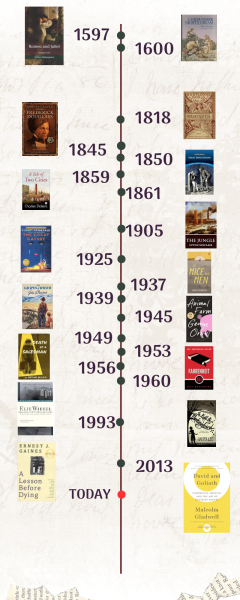
Many of the older books in the curriculum use language that is difficult for students to grasp. A Tale of Two Cities, a historical novel about the French Revolution by Charles Dickens, is extremely hard for students to understand because of its old language. Teachers have to spend more class time making sure students comprehend the basics of the words they are reading rather than having meaningful conversations about the content.
Students are not only set back by the language used in older books, but they are also slowed by the unfamiliar contexts in which the books are set.
“Just because something was written 200 years ago or longer doesn’t mean that some of the themes in it aren’t modern and current,” assistant superintendent Jadi Miller said.
Modern books address challenges, relationships, and social issues that reflect the current world students live in. While themes of human nature addressed by older books may be applicable to modern topics, viewing them in a context that students relate to would allow them to connect with books on a deeper level.
Focusing on literature from the past, excludes issues and perspectives that define today’s world. Terrorism, political division, and mental health are all relevant challenges that affect the world students live in. These topics, however, are rarely addressed in EPS English classes.
Even more, the topics that are taught through the English curriculum are already addressed in history class. The Holocaust is heavily discussed in history classes and is taught again in English when students read Night by Elie Wiesel. While historical events are extremely important for students to learn from, repeating them over and over again in history and English class takes away the opportunity to have conversations about modern social issues, such as the never ending cycle of school shootings and gun violence.
There is one large obstacle that the curriculum committee faces with the passage of new books: parents. In fear of exposing their children to “sensitive content” parents can exempt their child from reading books they see unfit. This causes the committee to be overly cautious with the adoption process. Ironically, the same “sensitive content” that parents are worried about is seen among multiple books in the existing curriculum. To Kill a Mockingbird contains rape, incest, racial slurs, and extreme white supremacy. A Tale of Two Cities contains sexual assault and graphic violence. Suicide is referenced in many books such as Romeo and Juliet, Hamlet, and Death of a Salesman. Still, these books have remained in the EPS curriculum for many years.
“I think the reason that we have some older books in the curriculum is about the educational value of that particular text, like they have stood the test of time, and there are things that are still frequently referenced in popular culture,” Huber said.
It can not be denied that there is value in the older books that currently circulate the education system. They have proven to stay relevant, teach important literary skills, and play a large role in our culture. But this is no excuse to strip students of books written in their lifetime by authors who have lived through and experienced the same world as these students.
With the next English curriculum adoption coming up this year, I urge the curriculum committee to consider the future of EPS students. The world is evolving, Elkhorn. It’s time for you to evolve, too.



